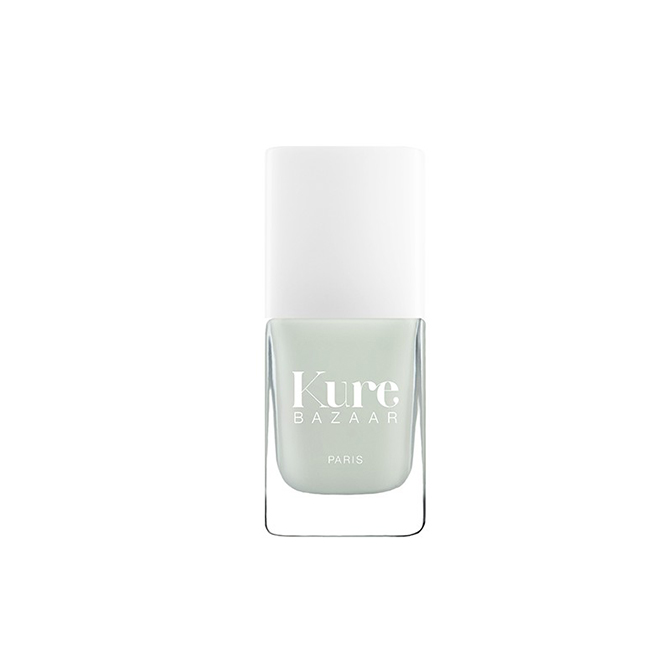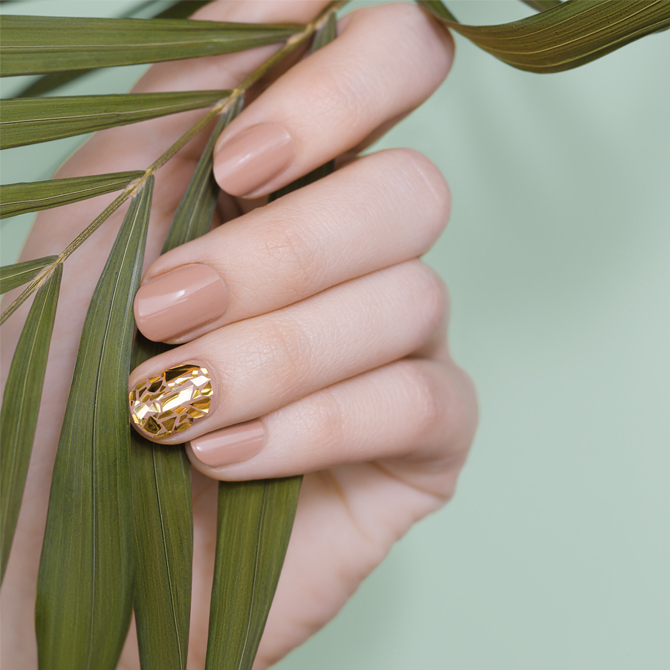Bad news: To all of you who live for your long-lasting gel mani, your powder dip polish or your longer-than-life acrylics, you may want to take a seat before you hear this. With our sincerest apologies, we inform you that your manicure is the worst.
Sure, it’s pretty and makes you feel good, but at what cost? Well, it comes at the cost of your health, your manicurist’s health and the environment. It’s an ugly truth, but at least an informed consumer is an empowered consumer. Never fear though, there are definitely ways around the health implications and ways to lessen the environmental impact.
But first up, here’s a little background of the effects of your manicure.
Why is it bad?
Environmental impact wise, your gel and acrylics are non-degradable. In addition to that, nail polish and its removers are considered hazardous waste because they are toxic and flammable. This means that when discarded, they sit in landfill and leach toxic components such as toluene, formaldehyde and dibutyl phthalate (among others) into the soil.
These toxic chemicals (also known as the “Big Three”) have lots of health implications too. For instance, toluene causes an array of neurological and reproductive issues at low level exposure, and formaldehyde is a potential carcinogen and can exacerbate respiratory problems.
The UV light used to dry your gel nails isn’t too great either; although it’s been proven to be unlikely to cause cancer as the amount of exposure is negligible, it can still do a number on your skin and nails. Photoaging (premature ageing of the skin) can occur with repeated exposure to UV lights, and it can also leave your nails brittle—not cute!
Your nail salon itself is probably a cesspool for infection and respiratory distress as well. The basins you get your hands and feet soaked in? Not the cleanest (a rinse down between customers is not enough—it’s a breeding ground for foot fungi and bacteria). The tools that are used on you during your appointment? Probably gross if they aren’t sterilised in an autoclave—dipping it in sterilising solution doesn’t quite cut it.
Plus, when your manicurist files your nails, your nail filings (be it natural or acrylic) are released as an ultra-fine dust, which leads to conditions like asthma when inhaled. It’s bad enough that you have to be subjected to these irritants, but consider the health of your manicurist, who has to suffer the conditions day-in and day-out. Multiple studies have shown that nail salon employees are incredibly susceptible to occupational asthma and other forms of respiratory distress, in addition to musculoskeletal problems.
How can I keep my manicure without the guilt?
Take a break from the acrylics and the gel once in a while
It can be hard to purge, but opting for a regular manicure that uses three-free, natural and non-toxic nail polish is a big step towards sustainability. Three-free simply refers to nail polish that is free of the aforementioned “Big Three” no-no chemicals. However, loads of companies have taken even more toxic solvents, plasticisers and polymers out of their formulations to create five-free or even thirteen-free, non-toxic nail polishes.
Note that not all non-toxic nail polishes are made the same. There is no standard for these ‘free’ polishes, so a ten-free polish may sneakily still contain something that a five-free omits! There was a study conducted that showed that reformulated products are not necessarily safer, stating that many of the toxic components phased out were replaced by equally bad equivalents.
Here are a few brands that are a vegan, non-toxic alternative.



Better yet—skip the polish altogether and flaunt your natural digits once in a while!
Ask your salon about their sanitation practises
Simply asking your salon manager or manicurist how they ensure everything is clean is an easy way to make sure you’re getting what you bargained for with your manicure. After all, no one wants to walk out with cute nails and a foot fungus (eek).
If you find that you’re uncomfortable with their sanitary practises but don’t want to change salons, you can always bring your own tools for them to use, which you yourself can ensure are only used by you. That, and you can suggest that they make some changes to their business practice.
Pick an ethical salon
It’s always a good idea to check whether your salons are ethical. A lot of nail salons worldwide are hubs for modern slavery, so do your part by making sure that staff are treated well and paid fairly. A few ways to spot an unethical nail salon is:
- Check your nail file – Is it already scratched up from someone else’s talons? That’s usually an indication that they are maybe aren’t so diligent about hygiene as they should be.
- To-good-to-be-true prices – If your salon has a suspicious amount of discounts or scandalously low prices, it’s probably a good indication that its employees are not getting their fair cut
- It isn’t well-ventilated – We’ve harped on about respiratory distress a lot, and for good reason! This study found that the best way to make sure that staff (and customers) are adequately protected against conditions like asthma is to ensure that salons are well-ventilated to ensure that any fumes or filings are adequately diffused.
- It hasn’t got a consistent staff roster – If you see a lot of familiar faces whenever you visit your salon, it’s a sign that the employers are honouring their employees work contract—it indicates that the bosses don’t cut their employees hours based on how many customers there are (which is a good thing!). If not, then… well.
- You can’t connect – If the staff aren’t engaging with you, that could be a sign that something is wrong. Perhaps they refuse your tip—because they aren’t allowed one. You could try asking your manicurist about their experience working, their hours, if they are happy and how often they get breaks are a good way to gauge how well they are treated.
- They don’t use three-free formulas – It shows that the environment probably isn’t their top priority.
Where can I throw hazardous waste like nail polish?
Trends come and go so quickly when it comes to nails (does anyone remember crackle nails? Just us?) but that isn’t an excuse to chuck your polish carelessly. Discard your old nail polish bottles in a hazardous waste centre, such as the HHW collection point at KLCC Convention Centre.
You could also always donate your gently used, unfinished products to charities such as the Beauty Bank, which accepts donations via mail.
| SHARE THE STORY | |
| Explore More |




